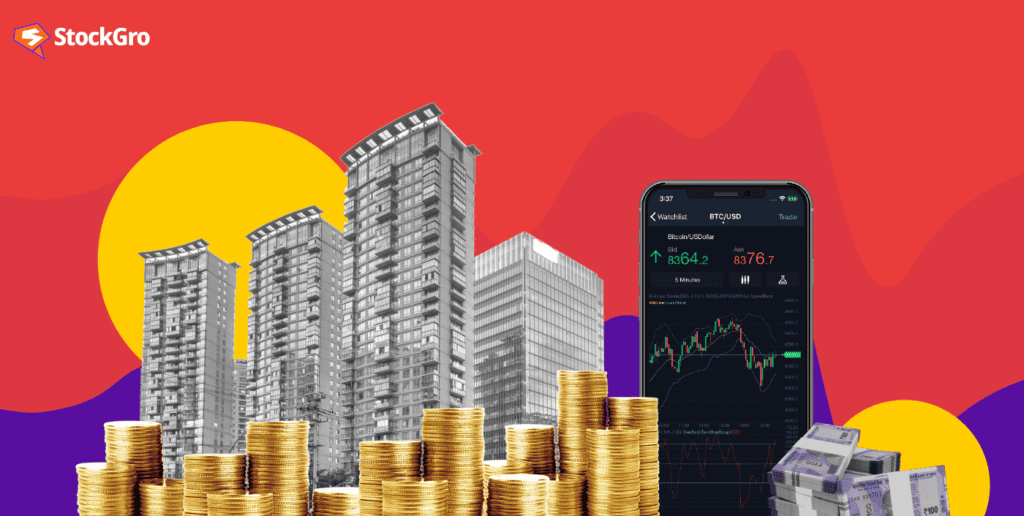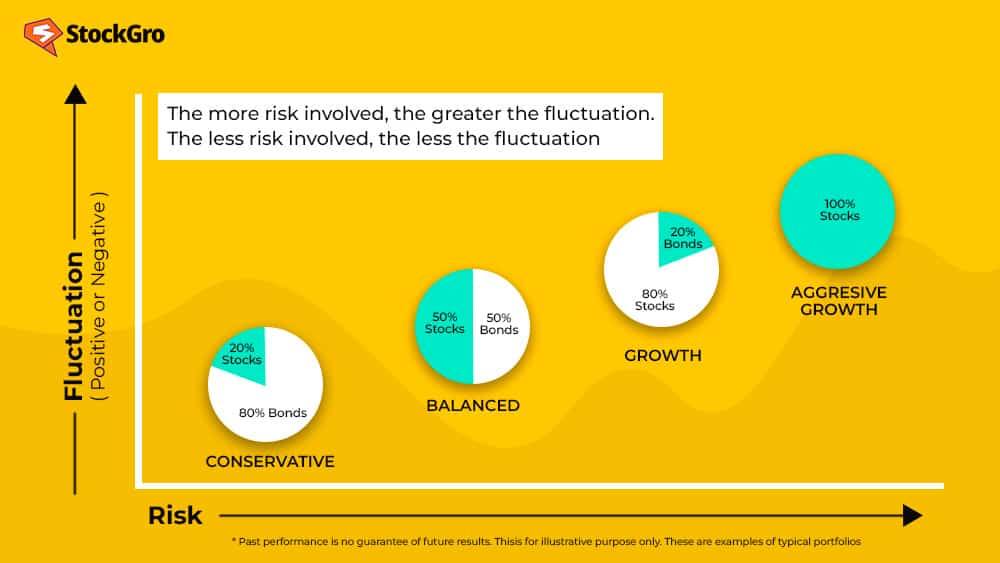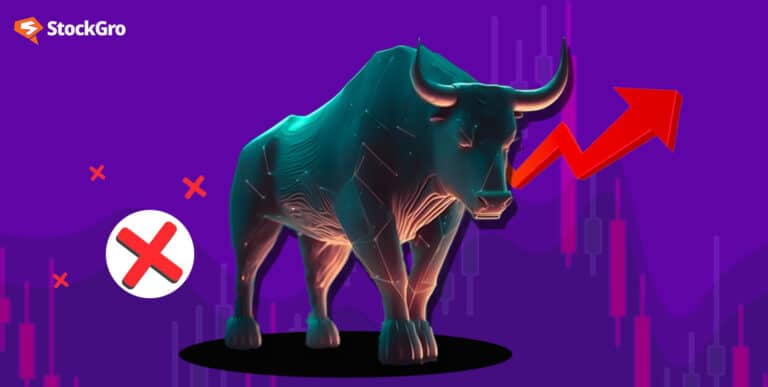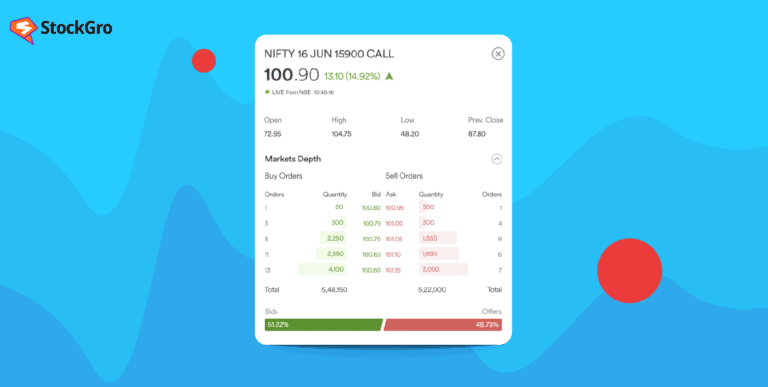
Portfolios are not just about what you’re investing in, but also about what your style is, what your goals are, and what your time frame is. There’s certainly a perfect portfolio out there for everyone, but the journey of creating one starts by understanding what the basic types are. So, let’s get started!
What are portfolios?
A portfolio is a representation of your investments – all the assets you own. A stock market portfolio, for example, will consist of all the stocks you own. A retirement portfolio, on the other hand, might contain real estate, rentals, or other dividend-paying assets.
Think of portfolios like boxes where each item in a box is a different investment, belonging to the same broader category.
By having a variety of investments in your box, you spread the risk. If one item’s value drops, the others might stay the same or even go up, balancing things out. Some portfolios are cautious, with safer investments, while others take bigger risks for potentially higher rewards.
The goal is to have a mix of investments that fits your needs and helps your money grow over time. For instance, a young 20-something could afford to take a lot more risk with her investments than a retiree living off a pension.
In this article, we will explore 4 different kinds of portfolios, who they’re for, and some examples. But before we get into it, we must understand the …
You may also like: The ABCs of stock market: Consolidation and Breakouts
Metrics to evaluate in a portfolio
Most portfolios differ from each other in the following two aspects. By adjusting and tinkering with these variables, you can come pretty close to your perfect portfolio in the long run.
Risk tolerance
It is the measure of how willing you are to lose money in the short term for a shot at better long-term returns. Risk tolerance isn’t a number or an index and is pretty hard to measure objectively.
In essence, portfolios that invest a significant percentage of their capital in volatile stocks (or risky assets like cryptocurrencies) are said to have a higher risk tolerance than more conservative ones.
The level of risk you take with your portfolio also depends on your objectives. For instance, you can afford to take greater risks with money you’re saving for long-term goals like a college education or retirement because you have time on your side.
For other goals, like a vacation next year, you might want to stick to an index fund or blue-chip stocks that don’t move violently with the market.
Diversification
It’s always a bad idea to put all your eggs in one basket, so to speak. You want to spread your money throughout the market and hedge properly so there’s little risk of overexposure. In a bear market, for example, bond returns usually hike up as stock prices go down.
In such cases, a well-diversified portfolio usually makes up for the difference. Similarly, you want to have a few stocks that rise when the market falls so you’re as hedged as possible against violent dips.
It’s pretty easy to diversify. Some of the best things you can do is invest in index funds or ETFs, incorporate multiple asset classes, and aim towards creating a balanced portfolio. But also make sure not to over-diversify!
Also Read: Dividend Reinvestment Plans (DRIPs) for long-term wealth creation!
Types of portfolio
Now that you understand the variables, let’s explore some of the most common types of stock portfolios in the Indian scene.

Conservative portfolio
Also known as a capital preservation portfolio, these stocks don’t target the market-beating returns every year. In fact, they’re not even close. What they do is keep your capital safe in the market and aim for the least volatility over time.
Risk is kept low and sometimes, the only goal is to keep beating inflation. In India, that might amount to anywhere from 5-7% every year, which is a reasonable goal.
Here’s how a conservative investor might allocate ₹1,00,000 in India:
- Blue-Chip Stocks: 40% (40,000 INR) – Established companies with a history of stable earnings and dividends. Examples of blue-chip stocks in India include Reliance Industries Ltd., Tata Consultancy Services (TCS), Hindustan Unilever Ltd. (HUL), and Infosys Ltd.
- Fixed Deposits (FDs) or Bonds: 30% (30,000 INR) – Examples of government bonds in India are Sovereign Gold Bonds and National Savings Certificate (NSC).
- Mutual Funds – Debt Funds: 20% (20,000 INR) – These funds provide stable returns with relatively low risk and invest in the stock market through a fund manager.
- Cash and Cash Equivalents: 10% (10,000 INR) – For immediate needs or emergencies.
Aggressive portfolio
On the opposite side of the spectrum, an aggressive portfolio is a specially-designed capital appreciation portfolio. They’re most appropriate for a younger or risk-tolerant demographic – ones more willing to realise moderate to large short-term depreciation for significant long-term returns.
These portfolios usually contain growth stocks, high-risk mutual funds, cryptocurrencies etc. Investors could also consider early-age investments into budding companies as part of their aggressive portfolio.
Here’s how an aggressive investor might allocate ₹1,00,000 in India:
- High-Growth Stocks: 60% (60,000 INR) – Stocks of companies with high growth potential, but also higher volatility. They’re relatively new or operate in rapidly expanding industries. Examples include Zomato, Info Edge (India) Ltd. (owner of Naukri.com), and L&T Technology Services.
- Mid and Small Cap Stocks: 25% (25,000 INR) – Mid to small-cap stocks have potential for significant growth, but also carry higher risks. Examples include Crompton Greaves Consumer Electricals Ltd., Aarti Industries Ltd., and Orient Electric Ltd.
- Sectoral Funds: 10% (10,000 INR) – Sector-specific mutual funds that focus on industries with potential for rapid growth. Some popular sectors in India are technology, healthcare, and financial services.
- Emerging Market Equities: 5% (5,000 INR) – Equities of companies operating in emerging markets. These markets can offer high growth prospects but also come with higher volatility and risks.
Also Read: Gold vs Equities- Which is the right investment option?
Balanced portfolio
A balanced portfolio strikes a balance between aggressive and conservative strategies. These consist of stocks that are tuned to both growth and stability.
These could include a diverse range of companies, including established blue-chip stocks for consistent dividends, mid and small-cap stocks for some growth potential, and maybe a small portion of high-growth stocks for added returns.
Here’s what a ₹1,00,000 balanced portfolio might look like in India:
- Blue-Chip Stocks: 40% (40,000 INR) – These companies offer a combination of consistent growth throughout the year and regular dividend payments. Examples include HDFC Bank Ltd., ITC, and Britannia Industries.
- Mutual Funds – Diversified Equity Funds: 30% (30,000 INR) – Diversified equity mutual funds that spread investments across various sectors and companies. These funds aim to provide long-term growth while managing risk through diversification.
- Fixed Deposits (FDs) or Bonds: 20% (20,000 INR) – Fixed Deposits can help conserve your capital from markets and assure you a return that more or less beats inflation.
- Real Estate Investment Trusts (REITs): 10% (10,000 INR) – REITs are trusts that own and operate income-generating real estate properties. REITs distribute a significant portion of their rental income as dividends to investors. Example of a REIT in India is Embassy Office Parks REIT.
Dividend portfolio
This type of portfolio is designed to regularly generate dividend income for the investor. Dividends are paid out by successful companies to their shareholders as a portion of their earnings. Dividend portfolios can act as a good source of passive income not only through dividend payments but also through simultaneous capital appreciation of the underlying stocks.
Here are some companies which are favourites among dividend portfolio holders
- Hindustan Unilever Ltd. (HUL): 30% (30,000 INR)
- Tata Consultancy Services (TCS): 25% (25,000 INR)
- HDFC Bank Ltd.: 20% (20,000 INR)
- Infosys Ltd.: 15% (15,000 INR)
- ITC Ltd.: 10% (10,000 INR)
Conclusion
In conclusion, building a stock portfolio in India involves choosing the right mix of investments that align with your financial goals. We’ve explored different types of portfolios, each with its unique characteristics.
However, you must remember that there’s no one-size-fits-all portfolio. Over time, you must dedicate time and effort to rebalancing, reconsidering, and regularly updating your holdings to maximise your returns.

